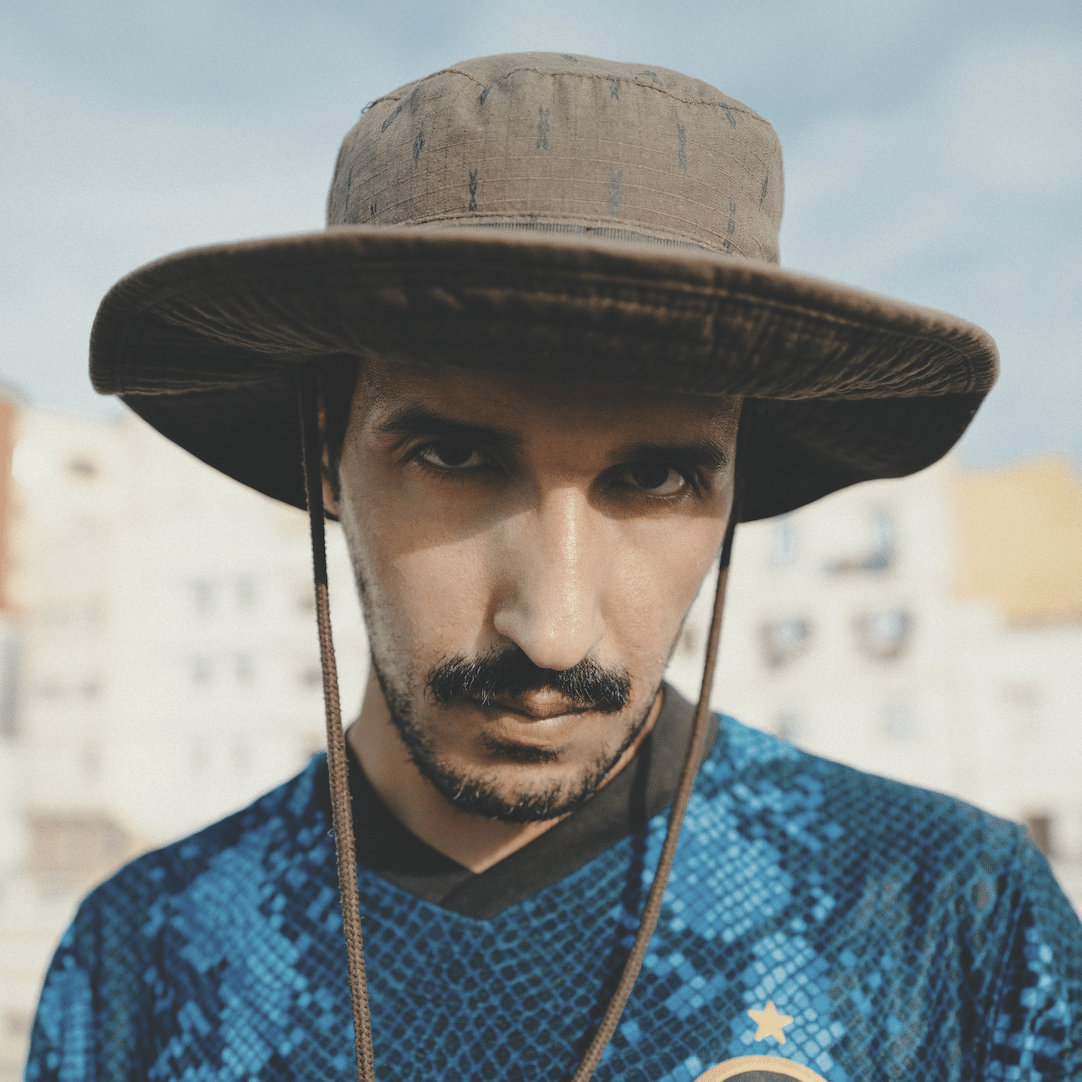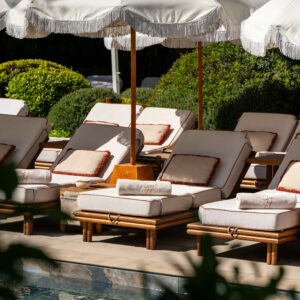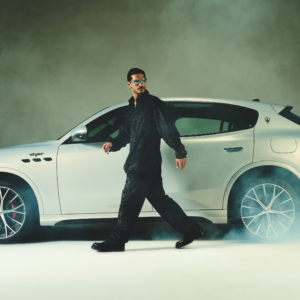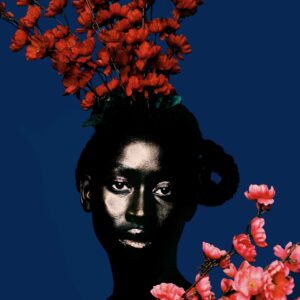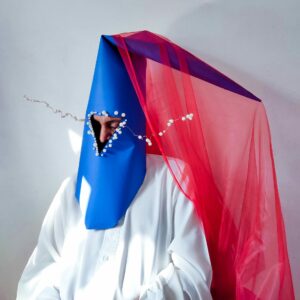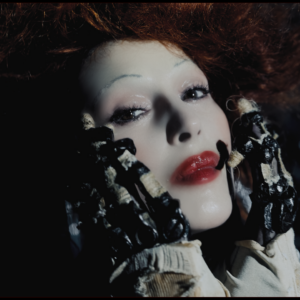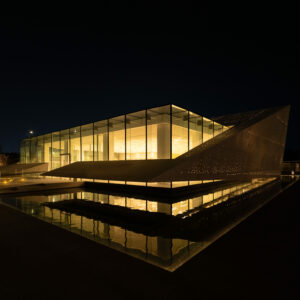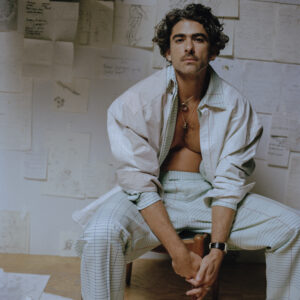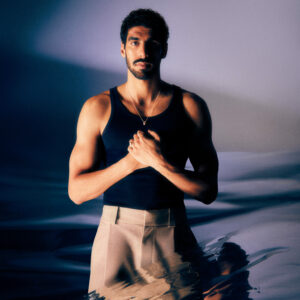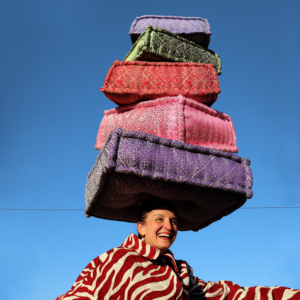Mohcine Harisse (Instagram) can often be seen gliding along atop his trusty moped, donning his treasured Carhartt jacket, his camera at the ready amidst the lively and bustling streets of Casablanca, where the city’s rhythms pulse with energy and motion. To this Moroccan photographer and fashion virtuoso, photography is a medium for capturing the world in its purest form, unadorned and free from any artifice or pretence. “Every single photograph or project I put out is shot on the spot and in the most organic way possible. There isn’t much thought that goes into it usually, and I enjoy the spontaneity and ‘realness’ of it all,” he says. Harisse thrives when capturing the unexpected, finding joy in immortalising a moment as it unfolds before his lens.
He revels in the serendipity of it all, capturing the everyday moments and people that often go unnoticed, revealing the humanity and individuality of his subjects. In his photos, subjects are not posed or stylized, but rather captured in the midst of their daily routines, reflecting the raw realities of their lives. “I am always fascinated by artists who do an extensive amount of research when working on a certain project or subject and I respect their process so much, but I am somewhat of a Chaibia Talal of photography, in the most humble way of course,” he says, preferring to trust his instincts and capture his subjects as they are.
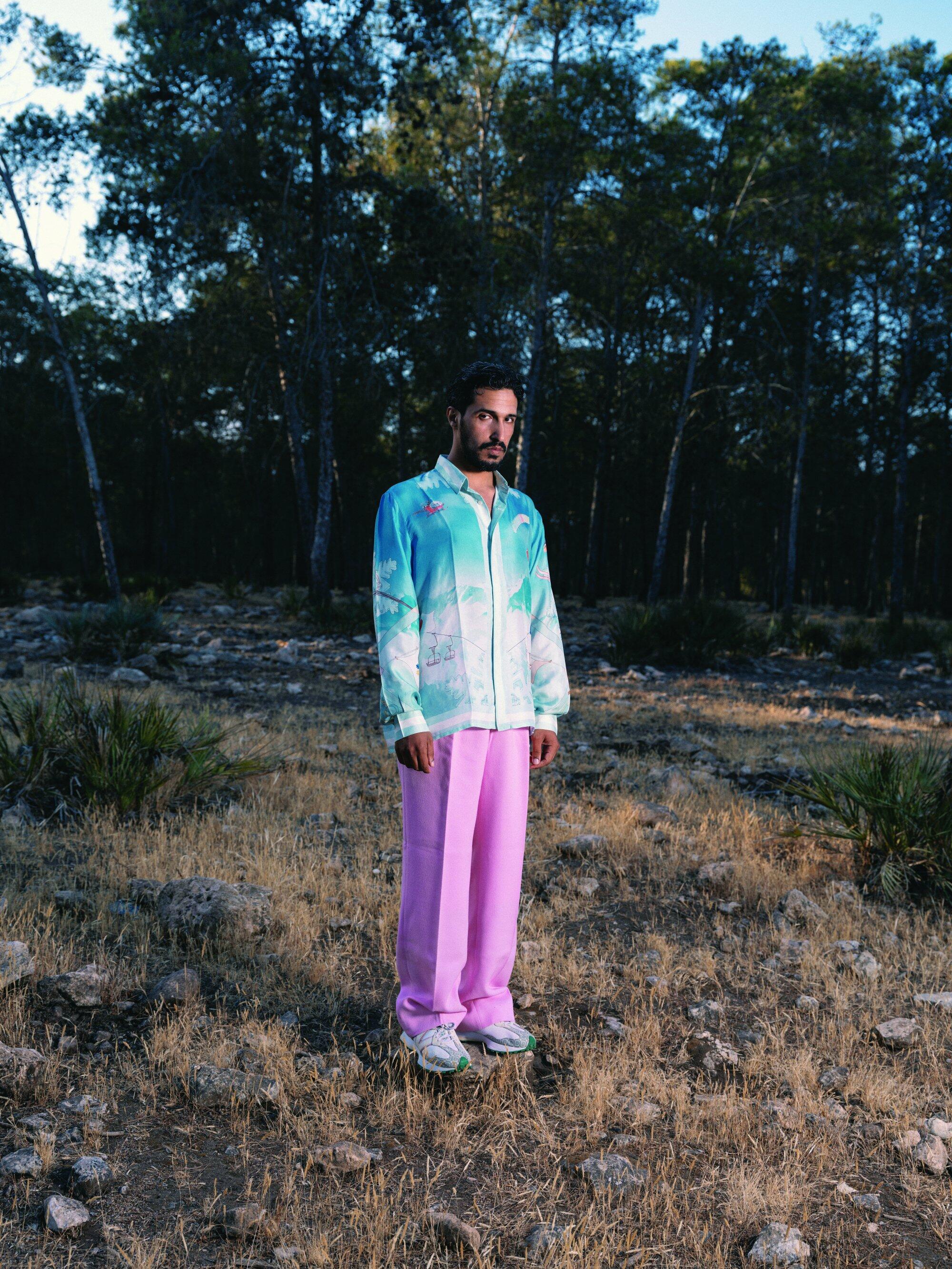
For Harisse, the streets of Derb Sultan in Casablanca hold a special place in his heart. It’s in these narrow alleyways and meandering streets that he was born and raised, and it left an indelible mark on his creative vision. “The older I get, and the more I travel, the more I realise how formative my upbringing in that neighbourhood was, particularly on my creative vision. I owe Derb Sultan everything,” he says. It was a place where football, art, the hustle, and culture intersected and thrived. Every sight, sound, and scent is imbued with personal meaning, a mosaic of memories and experiences that continue to shape his artistic output.
His work captures the multifaceted and dynamic nature of Moroccan society. In his own words, “There is a certain nostalgia in my work. I am particularly drawn towards family and the matriarchal modus operandi of most Moroccan households, our ancestral rituals, the mundane and quite chaotic scenes of our everyday lives.” He envisions his photography as being accompanied by a soundtrack that complements its emotional depth and cultural richness, saying, “If my photography had a soundtrack, it’d be the 90s Rai” – a sound that evokes memories of a time gone by.
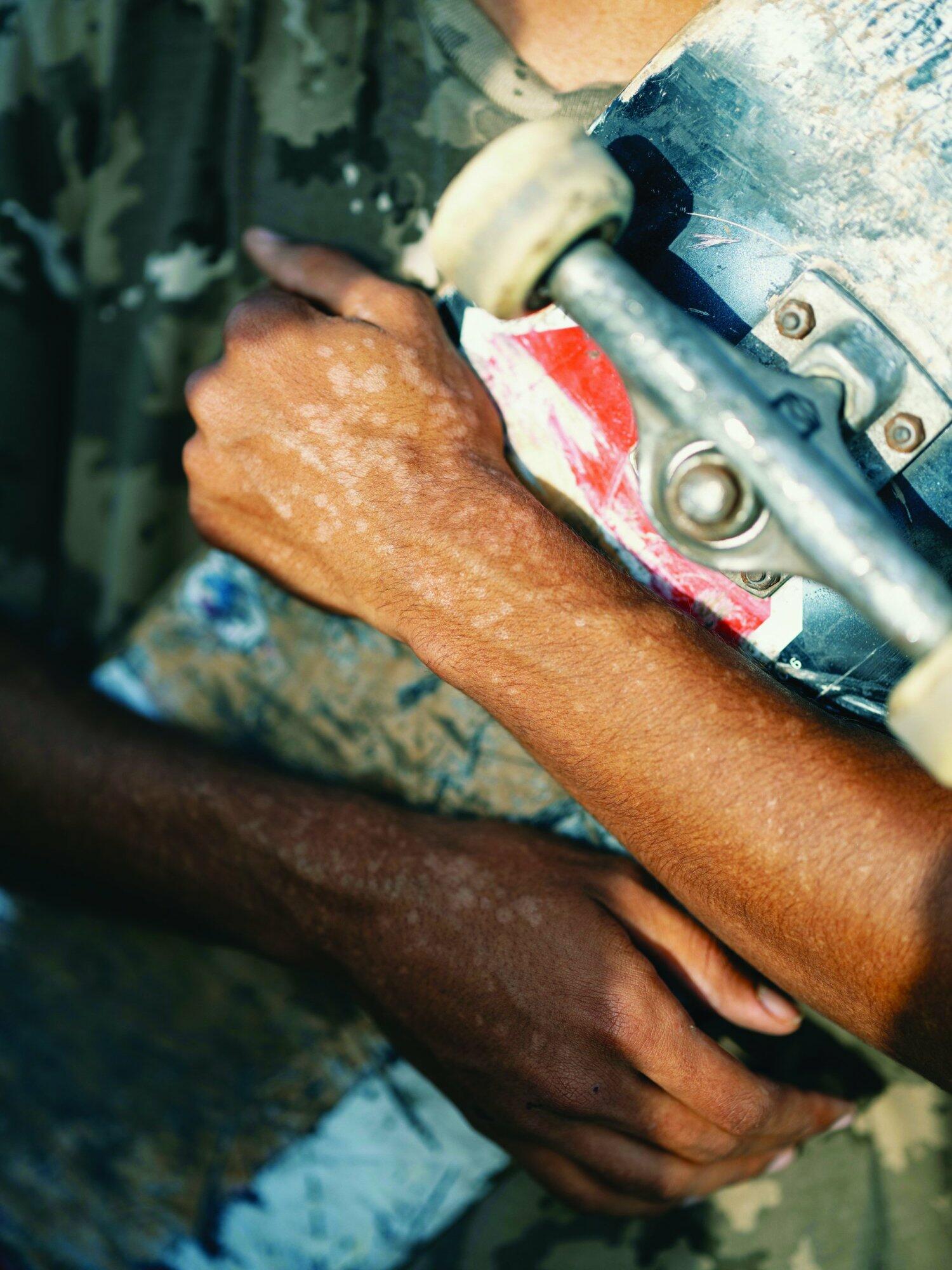
With his feet firmly anchored in the city of Casablanca, Harisse’s artistic vision has taken him on journeys across Morocco. Through his photography, he yearns to dispel the stereotypes and misconceptions that often permeate Western depictions. “The essence of my work has always been to capture the essence of Morocco, in all its glory. For far too long, Moroccans have been obsessed with the West, attempting to catch up with the other side of the Mediterranean and keeping up with their trends. I take immense pride in being part of a generation that embraces our own culture, with all its good, bad, and ugly aspects,” he says.
His penchant for photography was ignited during his childhood holidays spent at his grandmother’s house. Borrowing his cousin’s tiny digital camera, he and his friend Driss would roam the streets, capturing the world around them. “We would walk all the way to Hassan II Mosque and take pictures all day long. So yes, it’s always been about photography and capturing moments.” From there, the camera became his unswerving companion and his preferred tool for creative expression.
Harisse started exploring the streets of Casablanca with his friends, capturing the souks, suburbs, and cityscapes through his lens. Lost between the worlds of blogging, photography, and modelling, he enjoyed each process without feeling the pressure to choose just one. As his career evolved, he found a way to do all three in an almost symbiotic way.
As the photographer’s fascination with fashion intensified, he found himself captivated by the prospect of combining it with photography, an art form he was already deeply familiar with. During his early Internet café days, circa 2005, he stumbled upon the trailblazing work of Parisian bloggers like Ziggy Hilton, which opened up a whole new realm of possibilities for him. “It was more of an experimental phase where I was studying all these styles and learning about everything,” he says. As he immersed himself in the scene, he began documenting his journey through online platforms like Lookbook, Facebook, and later, Instagram.
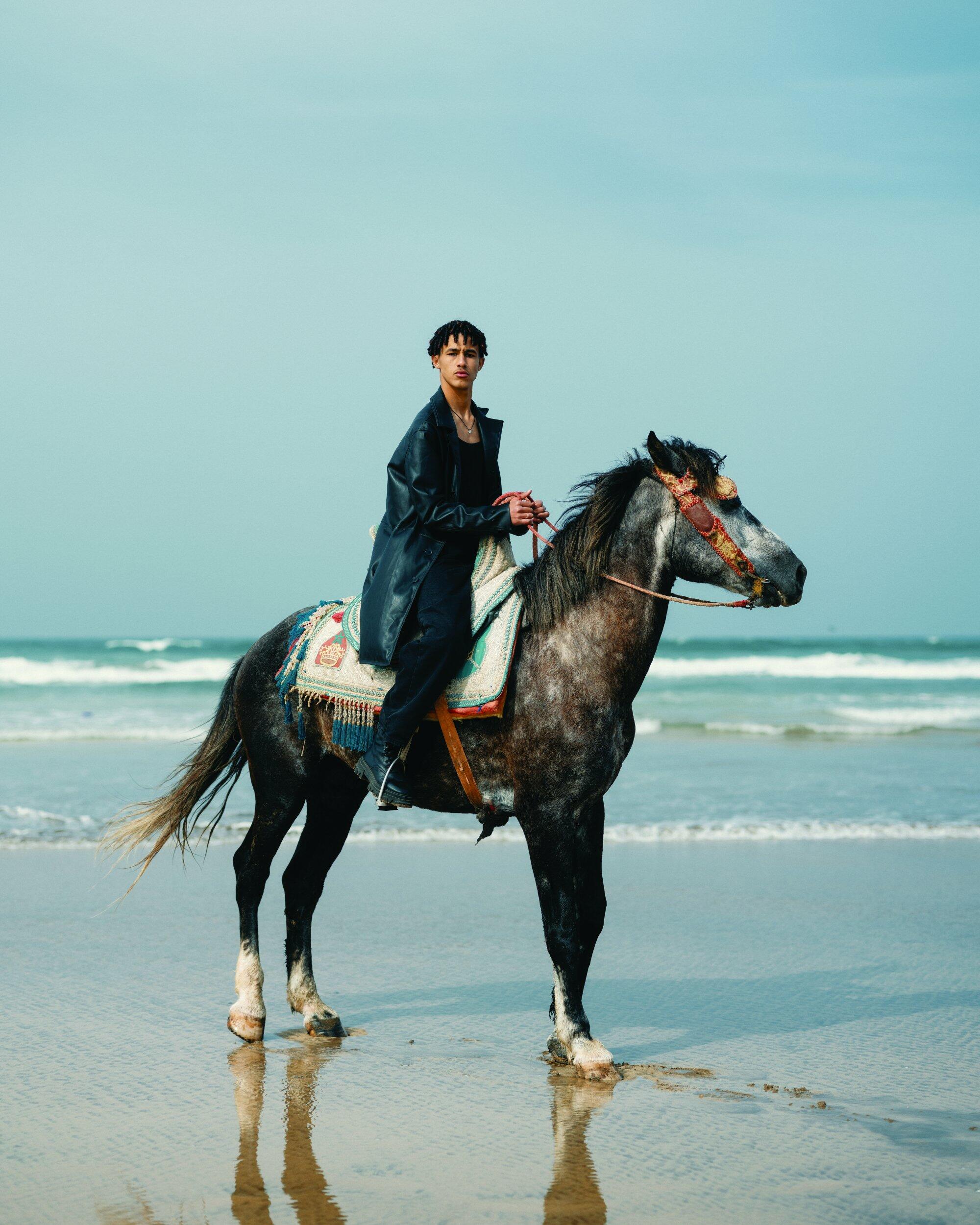
Yet, it wasn’t all smooth sailing for the budding fashion photographer. In a society as reserved and conservative as Morocco, unconventional fashion choices were still taboo, especially for men. But Harisse refused to let societal norms dictate his artistic expression. “When I started, men’s fashion was complex. Any outfit ‘out of the social norm’ required extensive thinking… like, how am I going to pull off this look in the streets?” Looking back, he credits his success to the courage he possessed and his unwavering dedication to his craft. “I just believe that I may have had a little bit more courage than other people,” he explains.
Looking toward the present day, his unique blend of streetwise fashion and distinct directorial perspective has earned him a staggering 132K Instagram followers and a bevy of multinational clientele. He has transformed his passion into a career that continually inspires and influences the next generation of creatives.
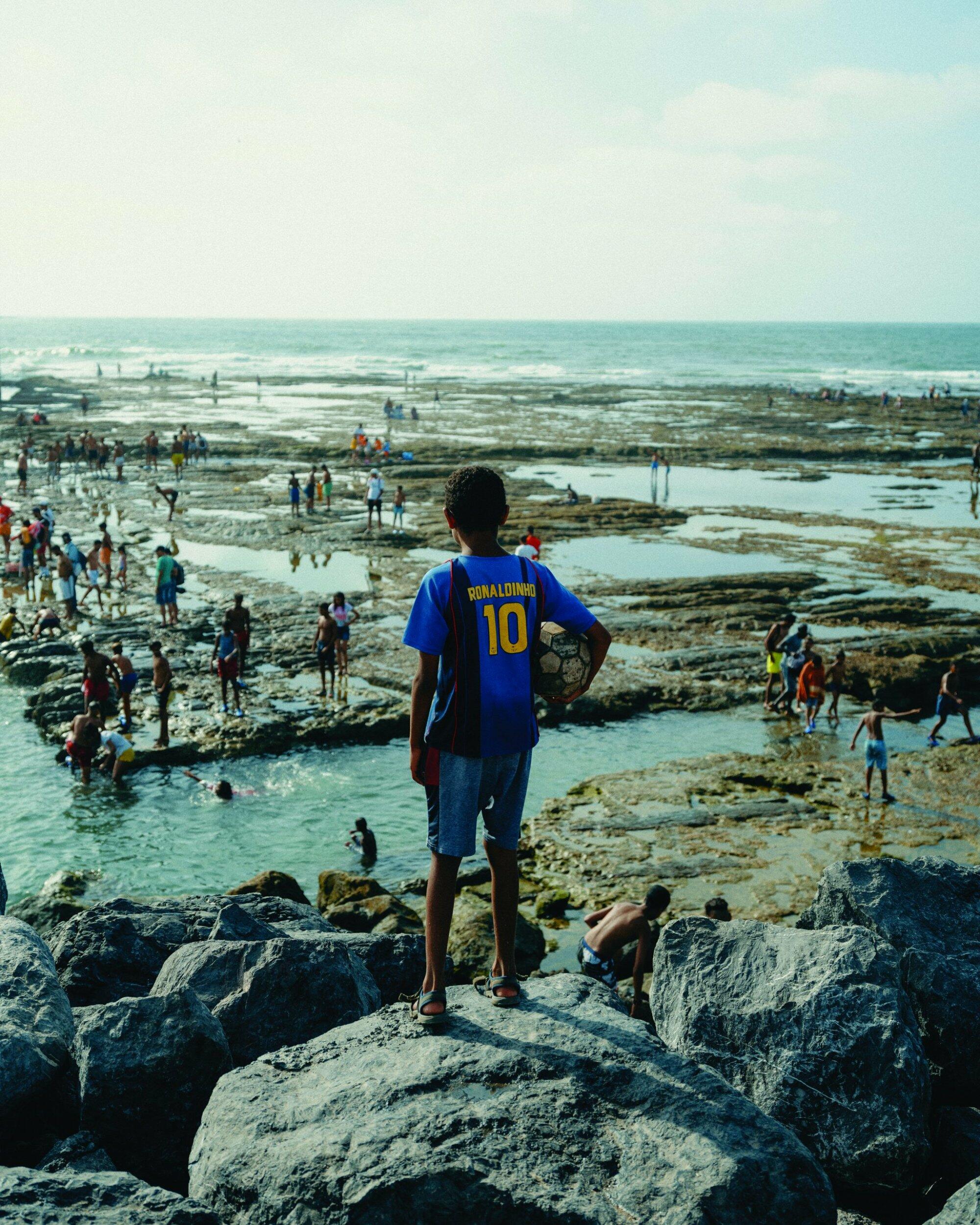
But Harisse’s work extends far beyond fashion photography. His style deftly interweaves documentary, portraiture, and street photography, all imbued with a profound sense of nostalgia. When not posing for his latest styling endeavour, he finds inspiration in the city of Casablanca itself, which he describes as a cultural “jungle”. To him, the city represents a muse, a source of inspiration that he channels into his work. “The amount of chaos and commotion that goes on every day is quite overwhelming, but if you want to have a heart-to-heart conversation with the city, Iftar during Ramadan is the best time,” he muses. During Ramadan, his project “Ramadance” took form, where he captured the essence of the city through dance, a universal language that transcends verbal communication, “The project was both moving and special to shoot, and it was incredibly gratifying to see how many people around the world it resonated with.” As the saying goes, “happiness is only real when shared,” Harisse quips.
He also uses his platform to curate captivating mini-series and direct documentaries. Collaborating with fellow artists and musicians, he brings to life unique content that pulsates with the vibrancy of Casablanca. In particular, the collaborative project “Hiya”, which celebrates Moroccans’ love for football, holds a special place in his heart. “It brought us all together just like football brings people together all around the world,” he notes.
With his keen eye for detail and his artist’s soul, Mohcine Harisse is a master at finding the extraordinary in the ordinary. He can turn a humble marketplace into a riot of colours and textures, or transform a simple sunset into a breathtaking work of art. His artistic style is a reflection of the city he loves: Casablanca.
Discover all the latest art news from the region, including interviews with creatives like Mohcine Harisse, on our Art & Culture pages.
